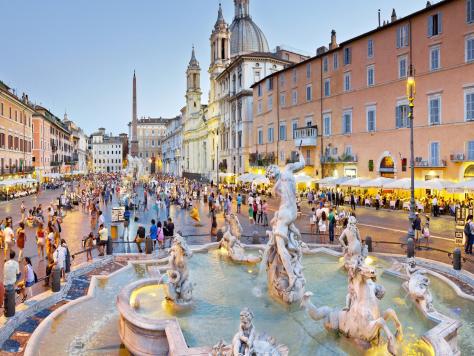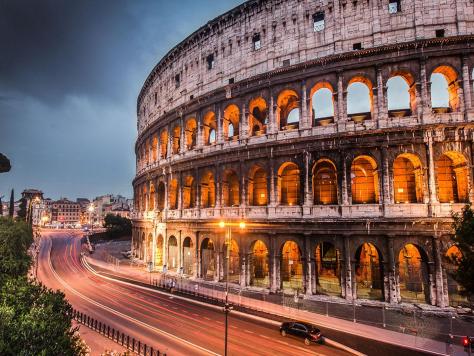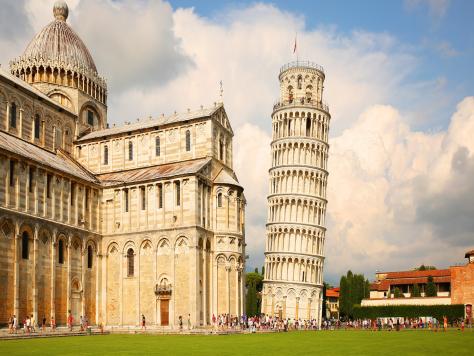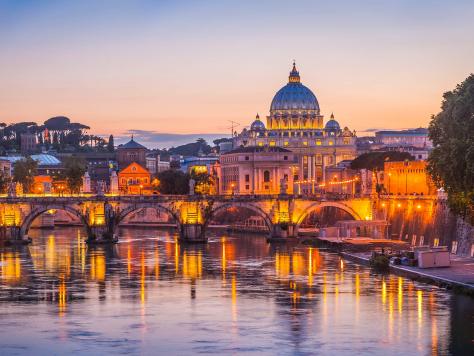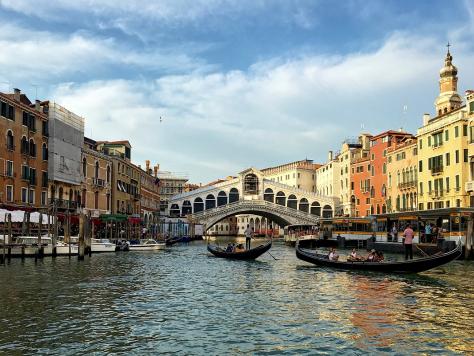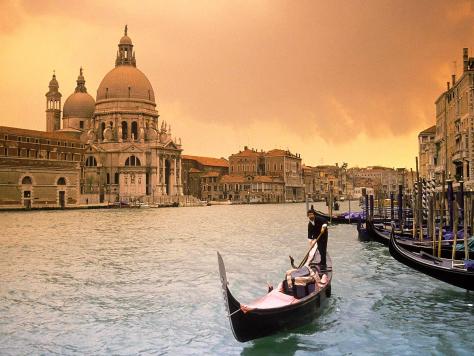Venice
Italy, Europe
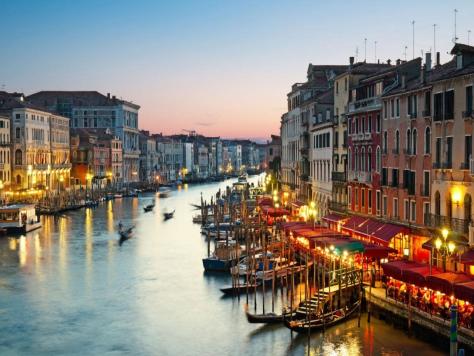
Customized Activity
You are free to customize your itinerary exactly the way you want. Choose transport, hotel & sightseeing as per your desires.
Includes
Meals
Transport
Pick-up & Drop
Activities
Accomodation
About The Attraction
Venice is a city in northeastern Italy and the capital of the Veneto region. It is situated across a group of 118 small islands that are separated by canals and linked by bridges, of which there are 400. The islands are located in the shallow Venetian Lagoon, an enclosed bay that lies between the mouths of the Po and the Piave Rivers. Parts of Venice are renowned for the beauty of their settings, their architecture, and artwork. The lagoon and a part of the city are listed as a World Heritage Site.
In 2014, 264,579 people resided in Comune di Venezia, of whom around 55,000 live in the historic city of Venice. Together with Padua and Treviso, the city is included in the Padua-Treviso-Venice Metropolitan Area (PATREVE), with a total population of 2.6 million. PATREVE is only a statistical metropolitan area.
The name is derived from the ancient Veneti people who inhabited the region by the 10th century BC.[5][6] The city was historically the capital of the Republic of Venice. Venice has been known as the "La Dominante," "Serenissima," "Queen of the Adriatic," "City of Water," "City of Masks," "City of Bridges," "The Floating City," and "City of Canals."
The Republic of Venice was a major financial and maritime power during the Middle Ages and Renaissance, and a staging area for the Crusades and the Battle of Lepanto, as well as a very important center of commerce (especially silk, grain, and spice) and art in the 13th century up to the end of the 17th century. The City State of Venice is considered to have been the first real international financial center which gradually emerged from the 9th century to its peak in the 14th century. This made Venice a wealthy city throughout most of its history.
It is also known for its several important artistic movements, especially the Renaissance period. After the Napoleonic Wars and the Congress of Vienna, the Republic was annexed by the Austrian Empire, until it became part of the Kingdom of Italy in 1866, following a referendum held as a result of the Third Italian War of Independence. Venice has played an important role in the history of symphonic and operatic music, and it is the birthplace of Antonio Vivaldi. Venice has been ranked the most beautiful city in the world as of 2016. The city is facing some major challenges, however, including financial difficulties, erosion, pollution, subsidence, an excessive number of tourists in peak periods and problems caused by oversized cruise ships on the Grand Canal.
Epic Grandeur
Never was a thoroughfare so aptly named as the Grand Canal, reflecting the glories of Venetian architecture lining its banks. At the end of Venice’s signature waterway, the Palazzo Ducale and Basilica di San Marco add double exclamation points. But wait until you see what’s hiding in the narrow backstreets: neighbourhood churches lined with Veroneses and priceless marbles, Tiepolo’s glimpses of heaven on homeless-shelter ceilings, and a single Titian painting that mysteriously lights up an entire basilica.
Venetian Feasts
Garden islands and lagoon aquaculture yield speciality produce and seafood you won’t find elsewhere – all highlighted in inventive Venetian cuisine, with tantalising traces of ancient spice routes. The city knows how to put on a royal spread, as France’s King Henry III once found out when faced with 1200 dishes and 200 bonbons. Today such feasts are available in miniature at happy hour, when bars mount lavish spreads of cicheti (Venetian tapas). Save room and time for a proper sit-down Venetian meal, with lagoon seafood to match views at canalside bistros and toasts with Veneto’s signature bubbly, prosecco.
An Artful Lifestyle
Pity the day trippers dropped off at San Marco with a mere three hours to take in Venice. That’s about enough time for one long gasp at the show-stopper that is Piazza San Marco, but not nearly enough time to see what else Venice is hiding. Stay longer in this fairy-tale city and you’ll discover the pleasures of la bea vita (the beautiful life) that only locals know: the wake-up call of gondoliers calling ‘Ooooeeeee!’, a morning spritz in a sunny campi (square), lunch in a crowded bacaro (bar) with friends and fuschia-pink sunsets that have sent centuries of artists mad.
Defying Convention
Eyeglasses, platform shoes and uncorseted dresses are outlandish Venetian fashions that critics sniffed would never be worn by respectable Europeans. Venetians are used to setting trends, whether it be with controversial artwork in the Punta della Dogana, racy operas at La Fenice or radical new art at the Biennale. On a smaller scale, this unconventional creative streak finds vibrant expression in the showrooms of local artisans where you can find custom-made red-carpet shoes, purses fashioned from silk-screened velvet and glass jewels brighter than semi-precious stones. In a world of cookie-cutter culture, Venice’s originality still stands out.
Best Time
- Round_the_Year
Timings
- ~~Monday_Sunday
